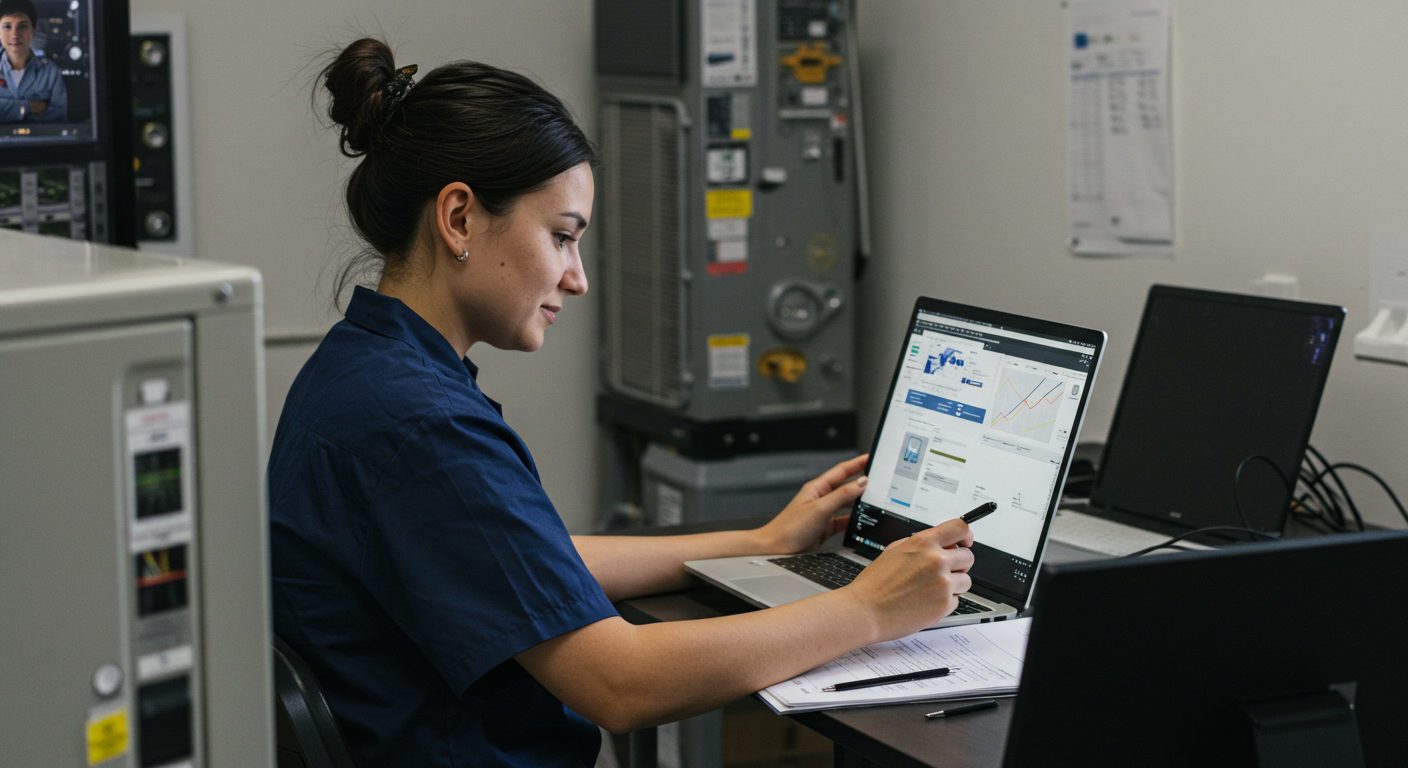
Boost Your HVAC Sales with Smart Financing Options
In today’s fast-paced world, more property owners are turning to financing to manage the costs of their HVAC projects. With 63% expected to use financing in 2024, up from 45% in 2018, offering the right financing options can make a significant difference in closing more deals. In this post, we’ll explore how you can leverage various financing solutions to boost your conversion rates and offer your clients affordable HVAC financing plans.
Understanding the Costs and Financing Plans
The average installed cost for a complete HVAC replacement in 2025 ranges from $10,000 to $15,000 or more. Monthly financing payments typically range between $150 and $400, depending on the plan. By offering in-house or contractor financing, you can increase conversion rates by 10–30% and encourage customers to opt for higher-efficiency systems.
Consider these popular HVAC financing options:
- Personal loans with 7.5–36% APR
- Home equity loans with 3–8% APR
- Contractor financing, often with 0% for 12–24 months
- Credit cards with 0% promotional periods or 15–25%+ APR
Manufacturer Financing and Special Offers
Brand-specific financing, such as those available for Daikin products, often includes competitive rates and promotional 0% interest periods. However, keep in mind that these offers are limited to specific equipment.
Making the Right Financing Choice
Choosing the right financing plan can save your clients thousands, while poor choices can significantly increase costs. For example, a $10,000 system at 0% APR for 24 months costs $416/month, while standard loans at 8% APR over 60 months result in monthly payments of ~$202, totaling $12,140–$12,516. It’s crucial to read the fine print to avoid hidden costs like high retroactive interest or late payment fees.
Utilizing Additional Financial Incentives
Utility rebates and tax credits, such as those under the Inflation Reduction Act, can further reduce the net project cost by up to $3,200. However, eligibility is limited, so ensure your clients are aware of these options.
In summary, offering a range of HVAC financing options can not only help close more deals but also provide your clients with the flexibility they need to afford high-efficiency systems. By understanding the available plans and incentives, you can guide your clients toward making smart, cost-effective decisions.
Ready to boost your HVAC sales? Explore financing options today and help your clients achieve comfort without breaking the bank!
FAQ: Common Questions About HVAC Financing
What are the most affordable HVAC financing options?
Contractor financing often offers the most affordable plans, with 0% APR for 12–24 months, making it a popular choice among homeowners.
Can I finance an HVAC system with bad credit?
Yes, there are HVAC financing options available for those with less-than-perfect credit, though they may come with higher interest rates.
How do utility rebates affect HVAC financing deals?
Utility rebates can reduce the overall cost of an HVAC project, making financing more affordable and attractive to customers.
What’s the benefit of manufacturer-specific financing?
Manufacturer-specific financing, like those offered for Daikin products, often includes competitive rates and promotional interest-free periods, but is limited to certain brands.
Are there hidden costs in HVAC financing plans?
Some financing options may include hidden costs such as retroactive interest or late payment fees, so it’s important to thoroughly review the terms and conditions.

